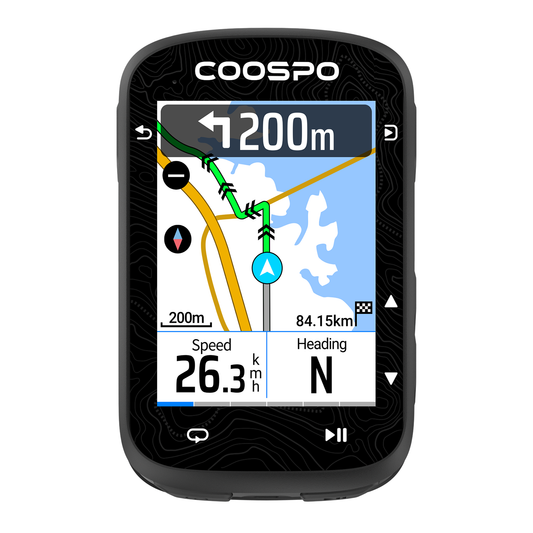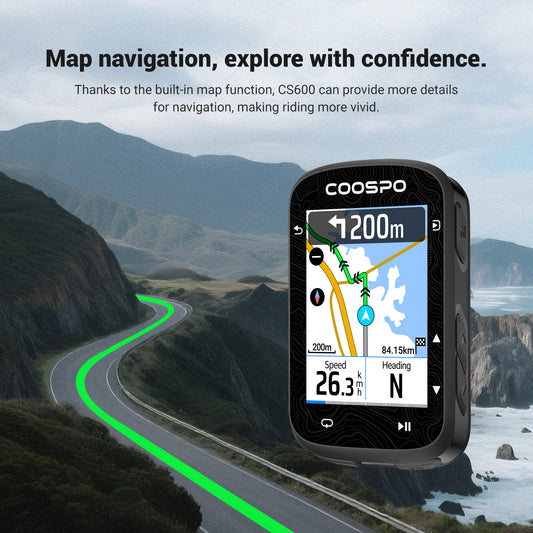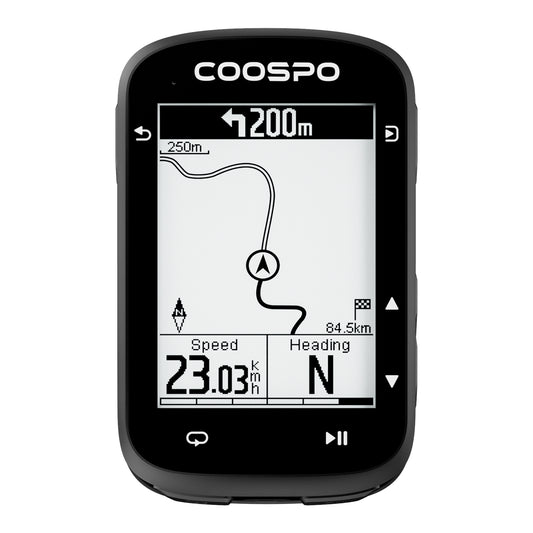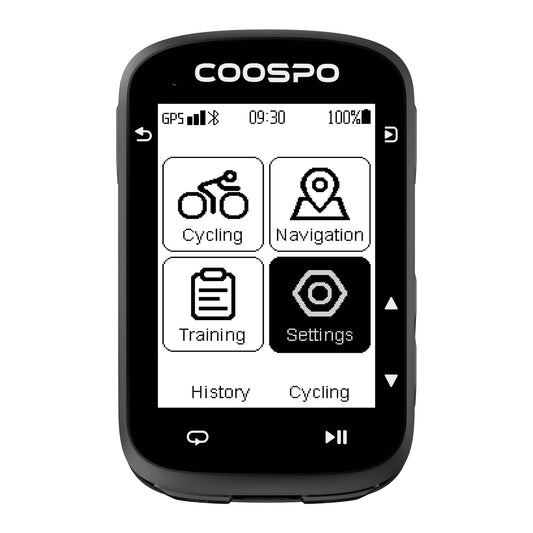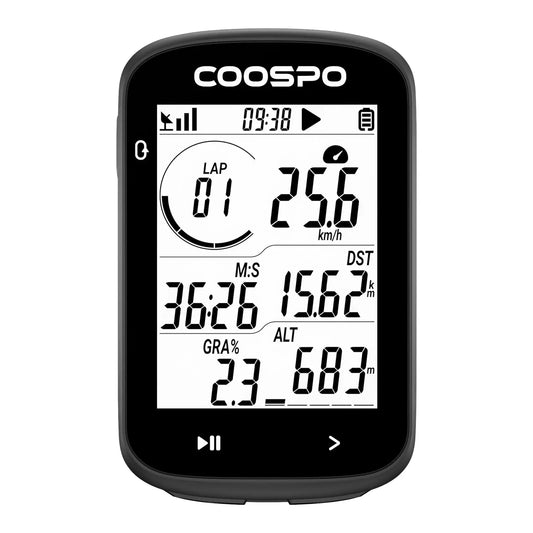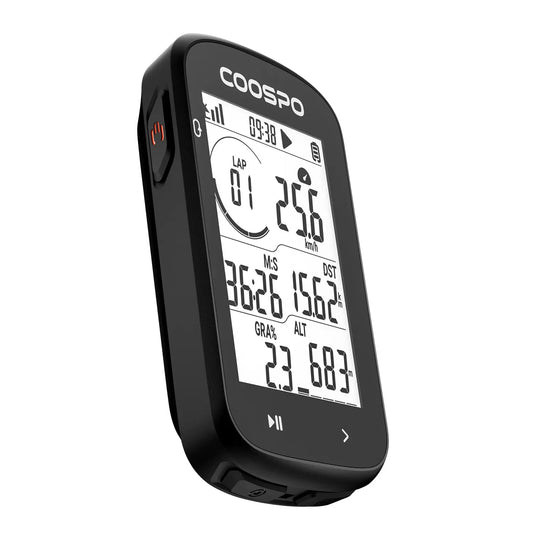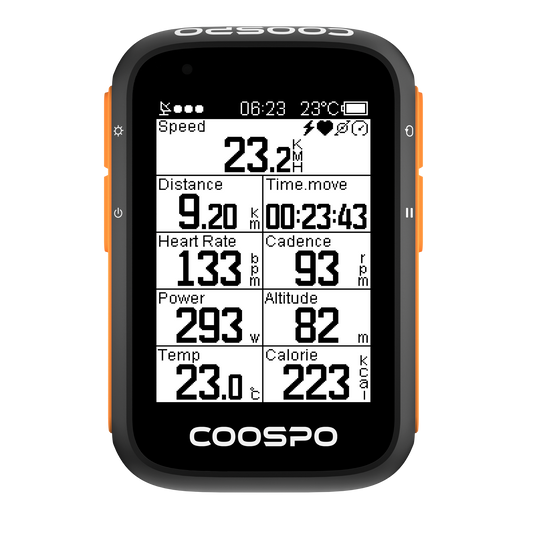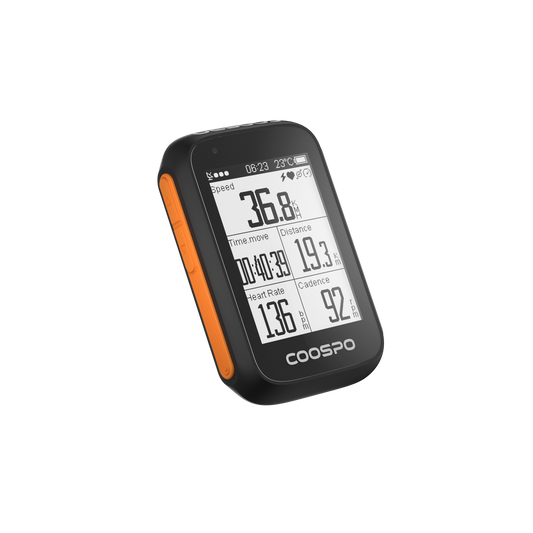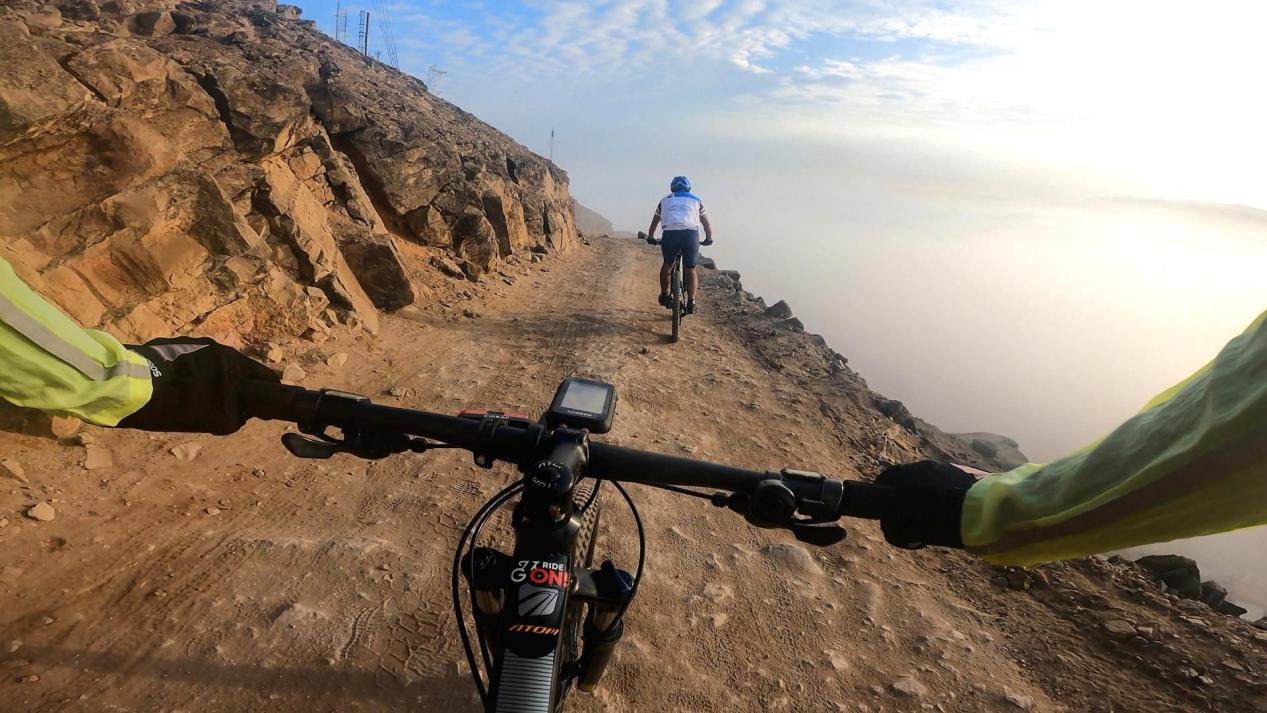How Often Should I Ride My Bike to Get Fit?
While we might lean towards being unbiased, we believe that cycling is an exceptional way to get around, a great way to see beautiful places, and a good method for staying fit. The initial cost is low, anyone can do it, and the speed is just right, allowing for quick travel while still giving you plenty of time to enjoy the scenery.

This raises an important question: how often should someone cycle to see real improvements? The good news is that you don’t need to train like a professional athlete to notice benefits. What really matters is being consistent, having a bit of a plan, and paying attention to what your body needs.
How often is enough?
If you ride your bike two to three times a week, you're doing well for your fitness. Everyone has different levels of fitness, depending on how much time they can spend. For beginners looking to get fitter, it's a good idea to start with one hour rides, either outdoors or on an indoor bike. Try to do this twice during the week and once on the weekend.
Even just half an hour of exercise a couple of times a week is a way to get started. Even doing that level of work will help improve cardiovascular fitness and they can progress from there.
So, if you're wondering whether a couple of sessions a week is “enough,” rest assured: it absolutely is, especially if those sessions include some variation (more on that later).
What if I feel I could do more?
If you've been cycling for a while and want to push yourself harder, go for it! Just increase your riding time slowly. This will help you build stamina, strength, and ride more efficiently. A good rule is to only increase your weekly mileage by about 10%. Jumping from no riding to three hours at once is too much, too fast.
Athletes preparing for competitions or trying to reach specific goals usually train every day, but they mix up the intensity of their workouts. This hard-easy approach helps their bodies adapt while also lowering the chance of injuries.

Even the best coaches recommend moderation. Joe Friel, who wrote The Cyclist’s Training Bible, says: “Overtraining is a barrier to improvement. It’s not about how much you train, but how well you recover from it.”
How do I add structure to my riding?
When it comes to adding structure to your cycling routine, Turner's advice is simple: 'don't overthink it.' As a beginner, you usually don't need a fancy, costly training plan; just riding your bike will greatly improve your cycling skills. Regular cycling alone can lead to significant progress and growth.
When you're just starting out, it's more important to do something than to worry about doing it perfectly. If beginners ask me for advice, I often suggest things like Zwift, Trainer Road, or even AI training plans. They're good because they give you a simple plan based on how much time you have. They just help you get started.
A great way to improve your cycling experience is to join a cycling club. Look for clubs that have group rides at different speeds, as this creates a friendly environment. You'll also get a chance to practice your bike skills and get helpful tips from experienced cyclists. It’s like having a valuable resource for advice without any cost.
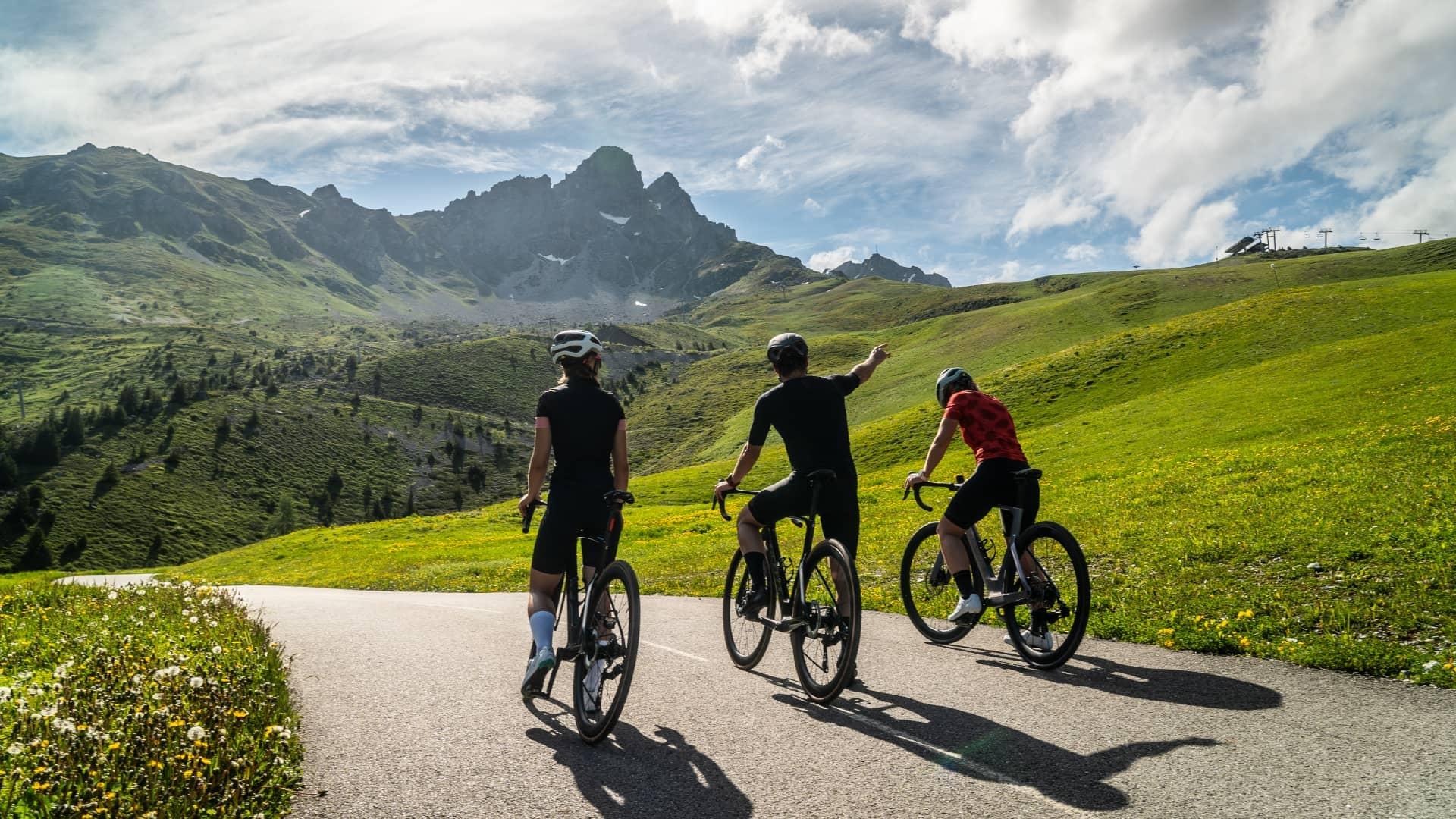
You don't have to join a club to find people to ride with. You can just find a group of friends.
Where do I go from here?
Take your time to gradually make your weekend rides longer, if you can. It’s not necessary to ride for the same amount of time every weekend. Even if you can only add extra time once every two weeks or once a month, you will still gain benefits.
Keeping the intensity low is really important. If you push yourself too hard during your long rides, it can make it harder to stick to your routine, especially if you’re not used to it.
For your weekday rides, you can use one or both of those to add some 'sweetspot' – a level of effort that feels challenging but still manageable.
This workout is known for giving you a lot of bang for your buck. You get a really good, intense workout that pushes you harder, but it doesn't tire you out as much. This makes it great when you don't have a lot of time.
Measuring effort
Understanding your training intensity helps prevent both undertraining and overtraining. There are several ways to measure effort:
RPE (Rate of Perceived Exertion)
This is a subjective scale from 1 to 10.
- 1–2: Very light (conversation easy)
- 3–5: Moderate (breathing slightly heavier)
- 6–8: Hard (talking is limited)
- 9–10: Very hard (sprinting or climbing max effort)
Heart Rate (HR)
Heart rate training zones (based on your max HR or HRR) can help guide intensity. Devices like Coospo’s heart rate monitors are great for real-time feedback and post-ride analysis.

A reliable heart rate monitor is essential for this. Coospo heart rate monitors, like the HW9, offer real-time tracking, ANT+ & Bluetooth compatibility, and easy syncing with most cycling apps and GPS bike computers. They’re perfect for both indoor and outdoor rides and provide accurate data to help you.
Power (Watts)
If you have a power meter, tracking watts allows precision training. Structured workouts often target specific zones (e.g., Zone 3 Tempo, Zone 4 Threshold).
Tracking your data over time helps spot progress, identify plateaus, and adjust your plan intelligently.
In summary
Start by riding three times a week, aiming for about thirty minutes each session. Gradually increase the time to around one hour per ride. Doing this regularly will really improve your basic fitness.
After that, you can gradually extend your weekend ride. Then, you can add some sweetspot training to your weekday rides, starting with just one 10-minute effort or block. Beyond that, time and legs permitting, you can add a fourth ride to your week.
This framework can help you reach your fitness goals, whether you want a little or a lot. Remember, the journey is just as important as the destination. Enjoy every mile, whether it’s a chilly winter day, a refreshing rainy one, or an adventurous summer outing. Have fun!



